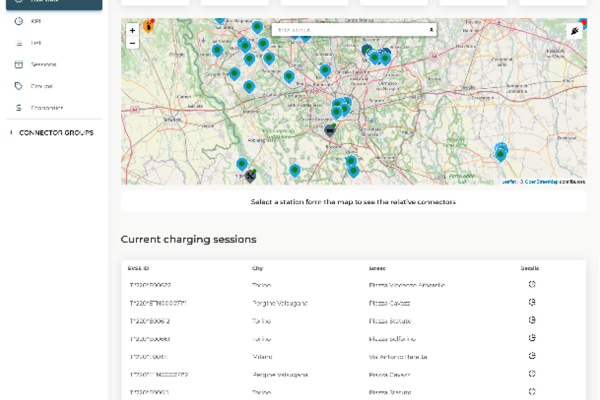
By TRL safety research centre
The cost of work-related road accidents is estimated at £4.4 billion annually.
These costs cover absence from work.
Insurance and compensation.
And loss of productivity.
Employers have a duty of care to their employees. In line with Health and Safety regulations, business vehicles now consitute a place of work – including business vans.
Issues which could compromise an employer’s duty of care and Health and Safety regulations potentially include:
- Restraining of cargo and fixed equipment;
- Retro fitment of electronic systems and driver aids;
- Alterations to the vehicle structure;
- And fitment of internal racking systems.
In order to lower this risk, TRL has produced these safety guidelines for business van managers.
Ten top tips for ensuring loads are carried securely
- Produce company guidelines and procedures on how to load and store equipment and tools in vehicles for safe transit.
- Carry out regular checks to ensure that drivers are aware of and follow company policies and procedures concerning the safe loading and storage of equipment in vehicles.
- Ensure that vehicles are adequately specified to carry the intended load, equipment or tools that need to be carried.
- Provide appropriate training for drivers so that they are aware of the hazards in a crash and know how to load and store equipment in vehicles safely.
- Provide appropriate systems for restraining loads, equipment and tools that are to be carried in the vehicles.
- Vehicles should be fitted out with storage and racking systems that have been adequately assessed for their crashworthiness.
- Carry out risk assessments of the vehicle’s equipment and cargo, vans and fleet operations in terms of their crash safety.
- Allow time for scheduled checks to be carried out on tie-down points, lashing and netting systems to ensure that these are not damaged or worn. Fix and replace these as required.
- Be receptive to the concerns and advice of drivers on modifications to vehicles and load security.
- Seek appropriate professional help and advice if you have any uncertainties concerning the crash safety of your vehicles.
Further information on van loading
- Click here for 10 top loading tips for business van drivers







